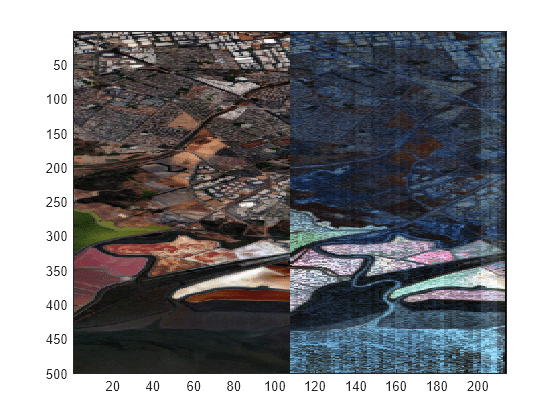logResiduals
Apply log residual correction to spectral data
Description
correctedData = logResiduals(inputData)inputData. The log residual method divides the spectrum of each pixel
by the spectral geometric mean and the spatial geometric mean, which produces a
pseudoreflectance data set.
Note
This function requires the Hyperspectral Imaging Library for Image Processing Toolbox™. You can install the Hyperspectral Imaging Library for Image Processing Toolbox from Add-On Explorer. For more information about installing add-ons, see Get and Manage Add-Ons.
The Hyperspectral Imaging Library for Image Processing Toolbox requires desktop MATLAB®, as MATLAB Online™ and MATLAB Mobile™ do not support the library.
Examples
Input Arguments
Output Arguments
References
[1] Green, A. A. and M. D. Craig. "Analysis of Aircraft Spectrometer Data with Logarithmic Residuals." In Proceedings of the Airborne Imaging Spectrometer Data Analysis Workshop, ed. Gregg Vane and Alexander F. H. Goetz, 111–119. Pasadena: Jet Propulsion Laboratory, 1985.
Version History
Introduced in R2020bSee Also
hypercube | multicube | iarr | flatField | subtractDarkPixel | empiricalLine | reduceSmile | sharc
